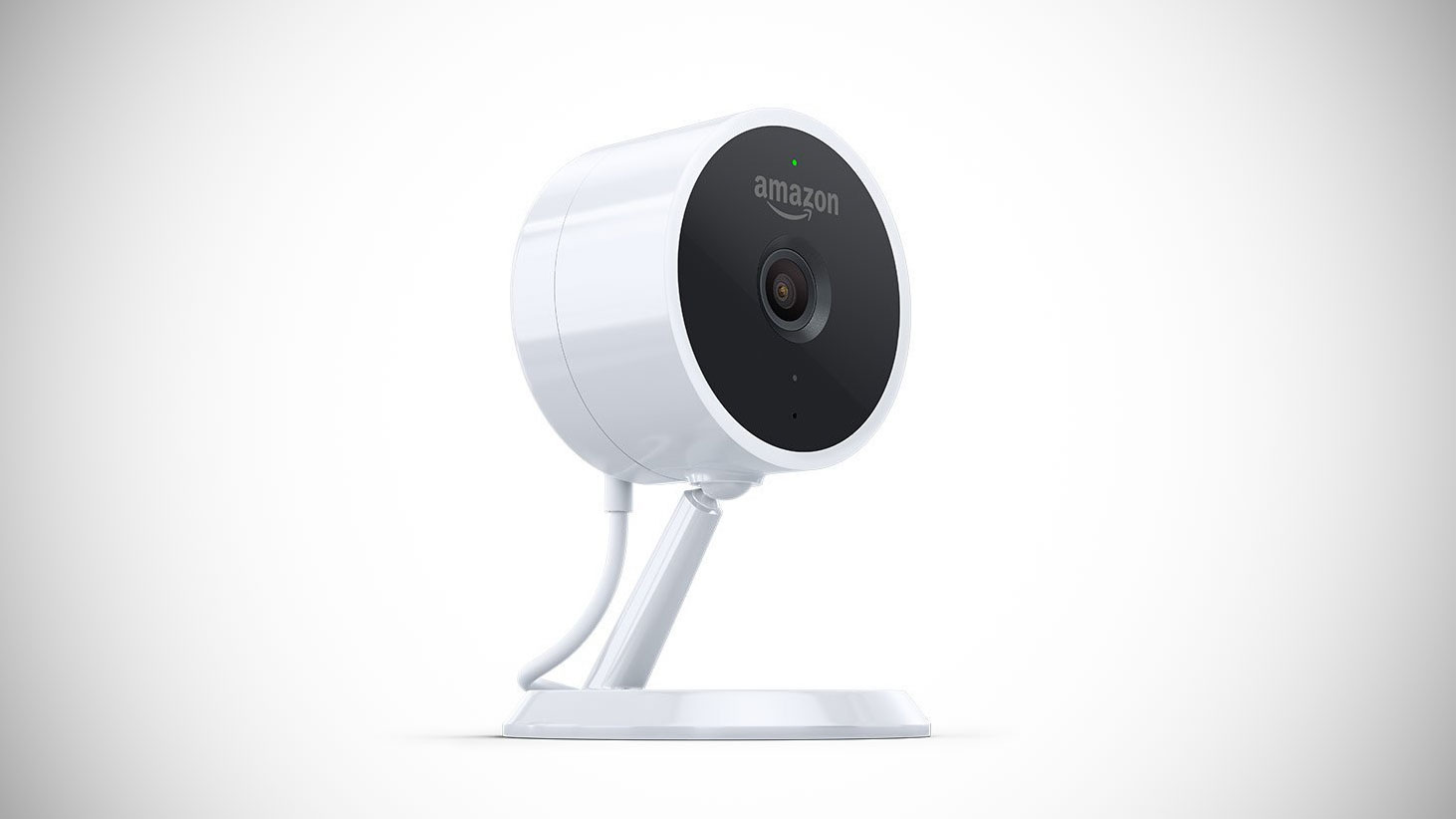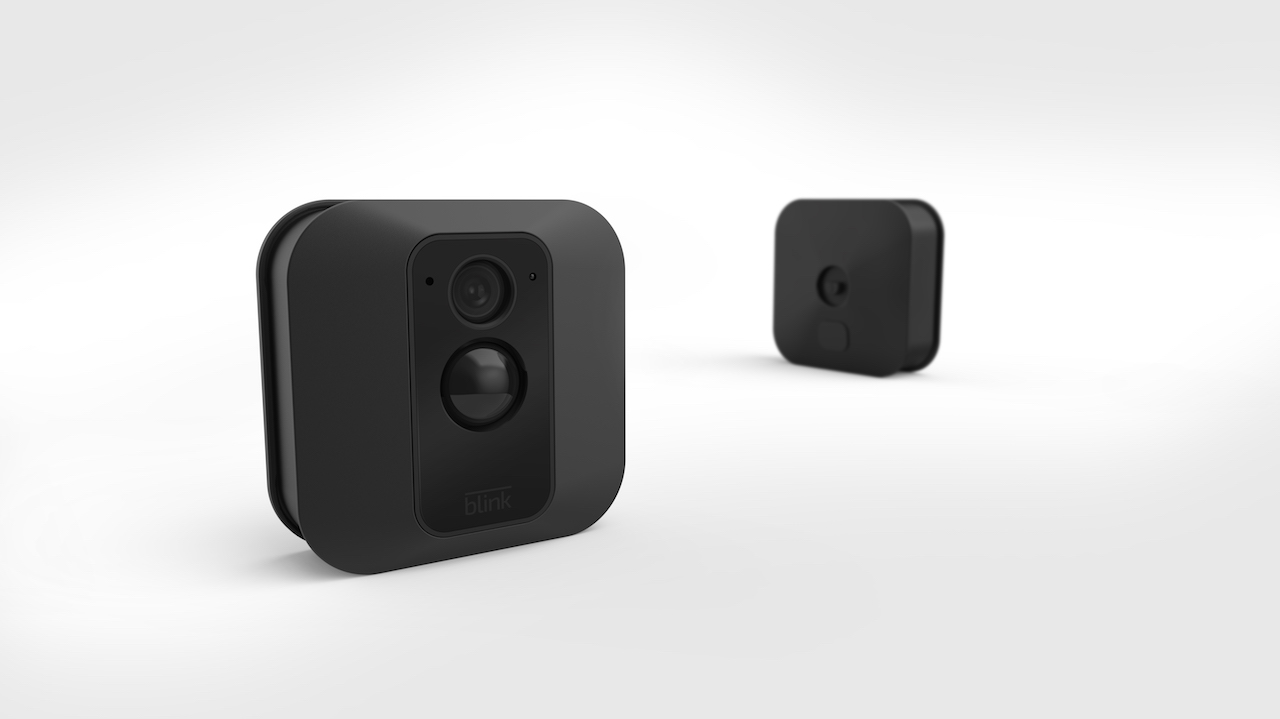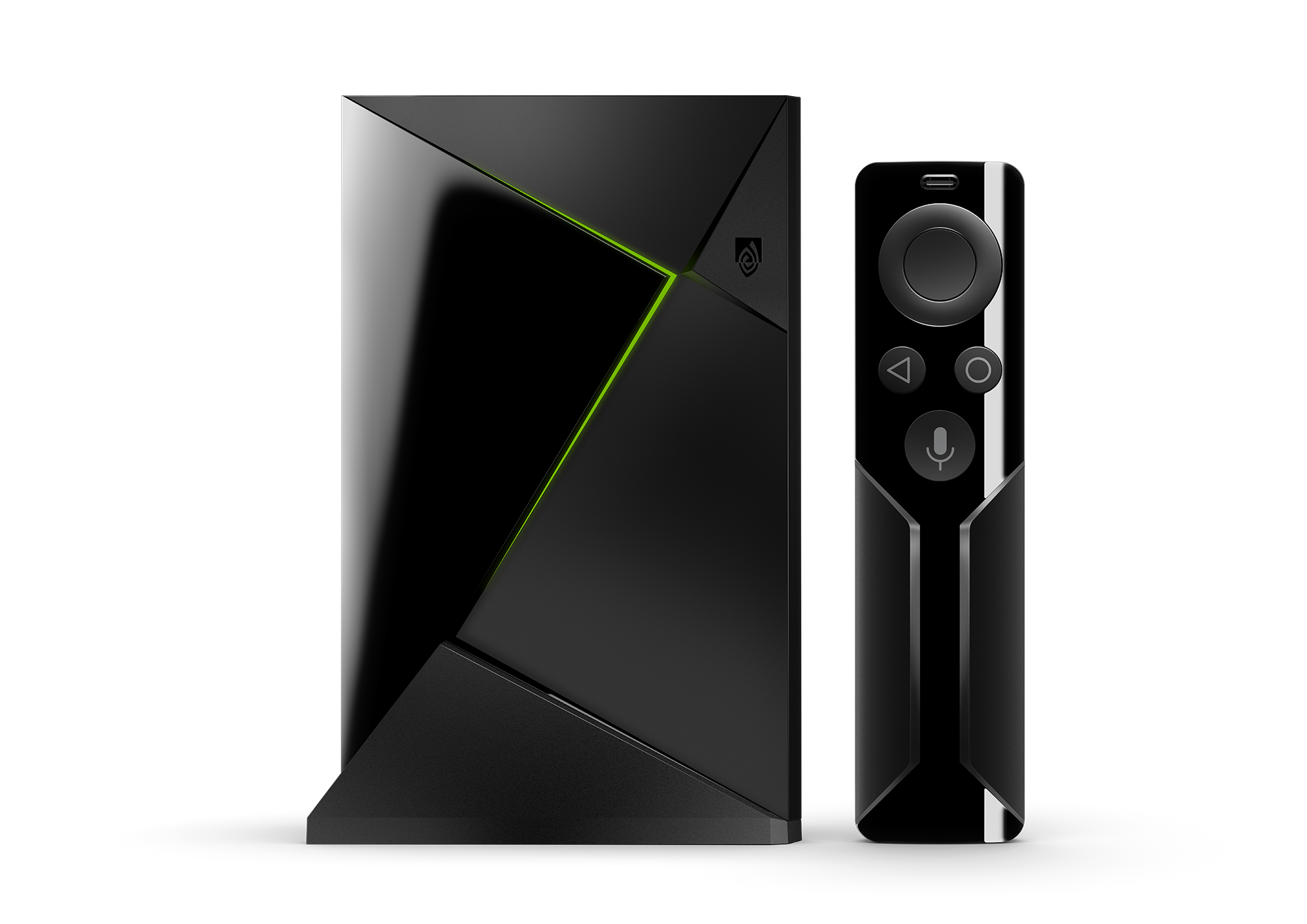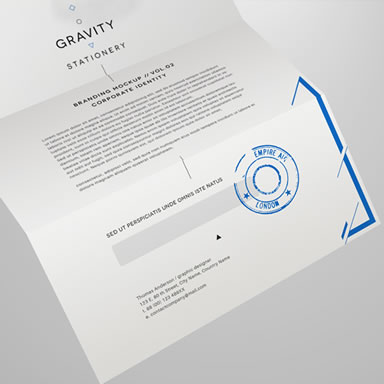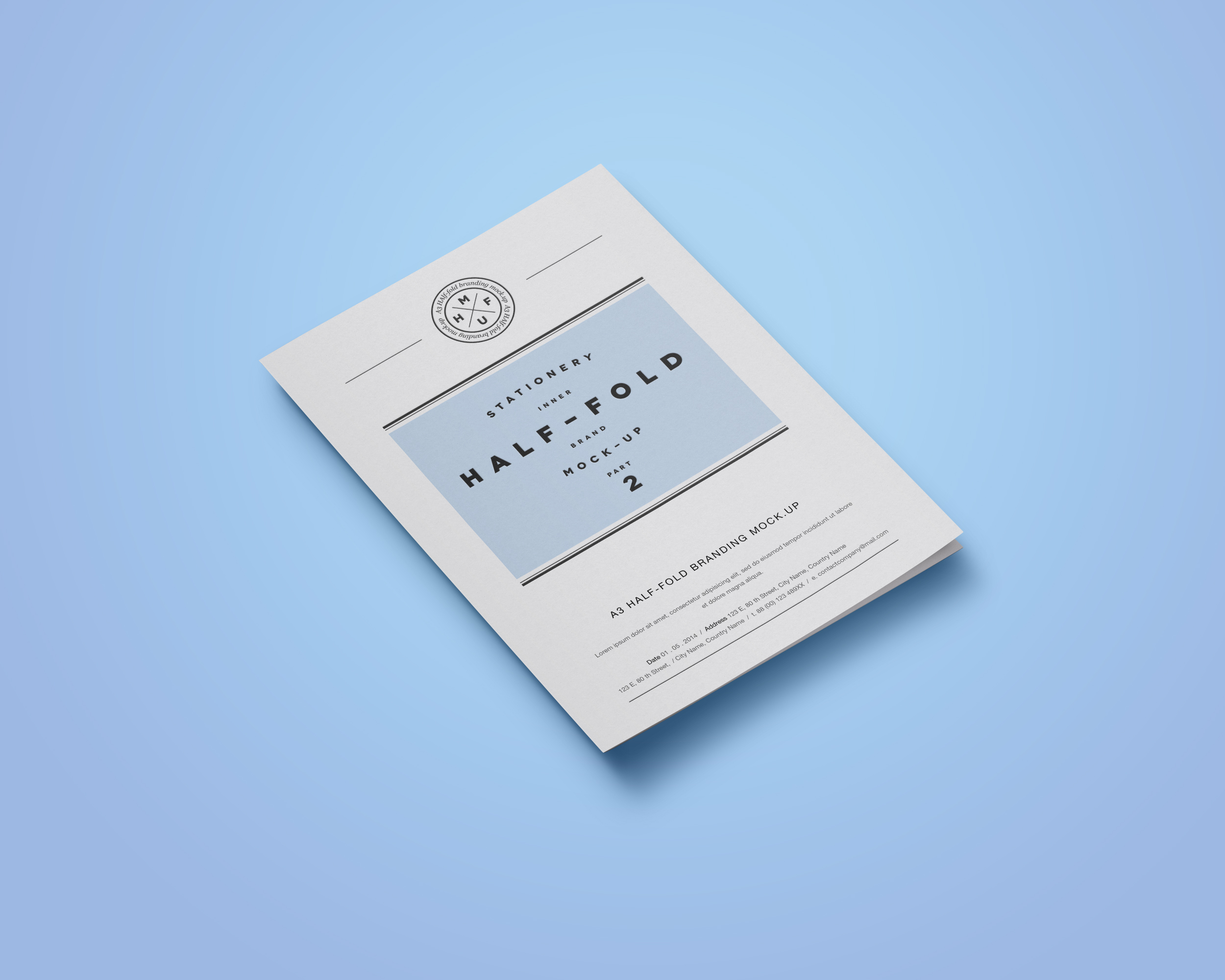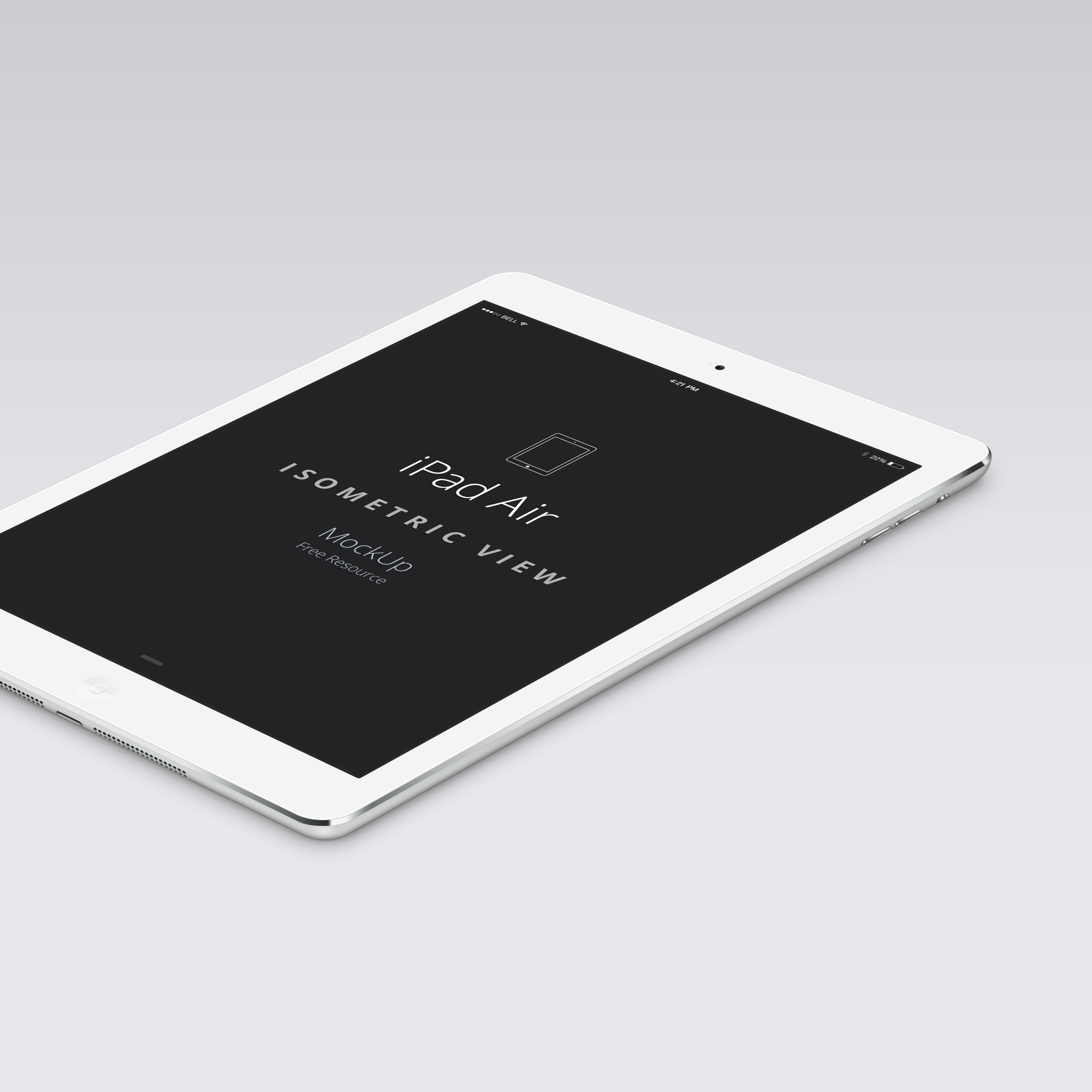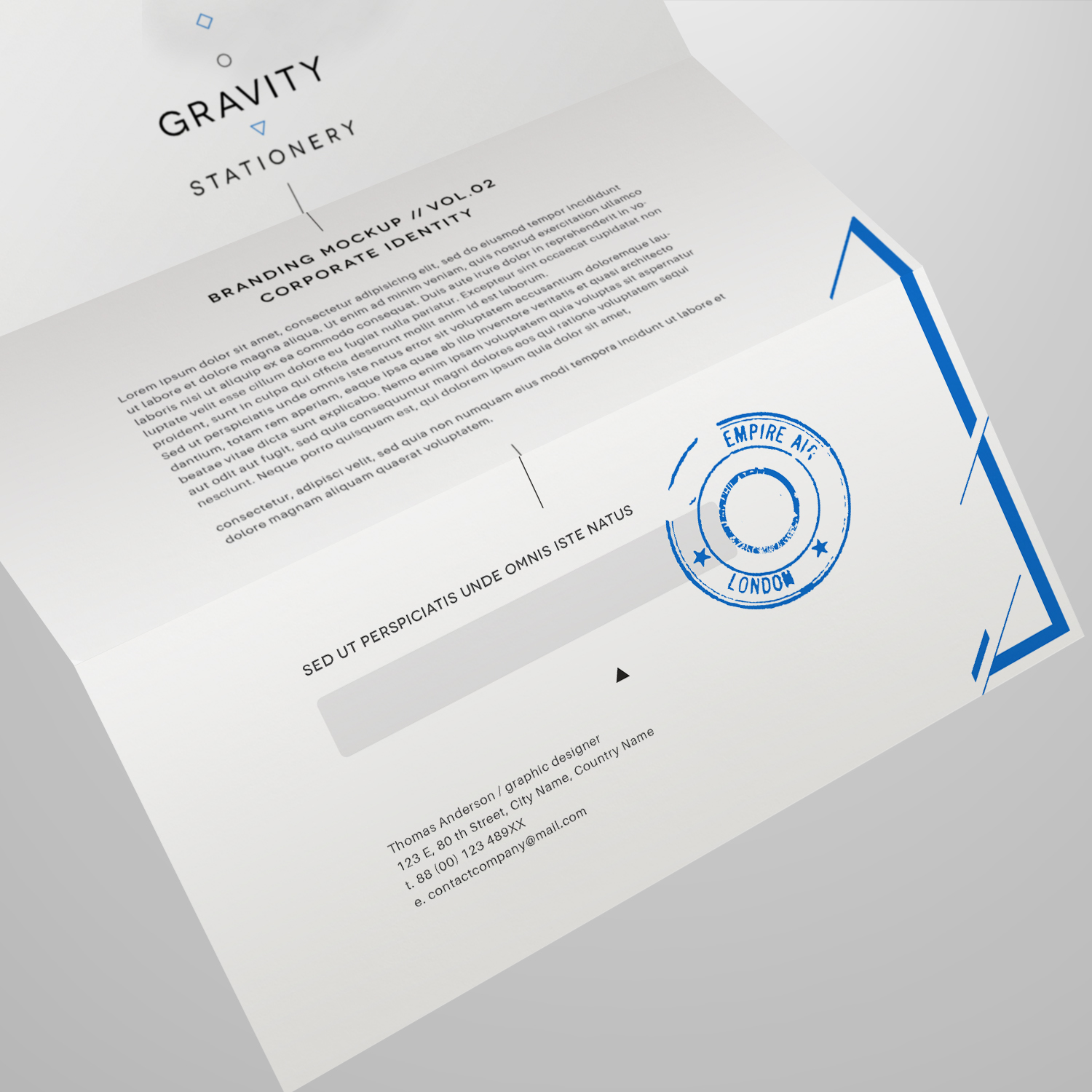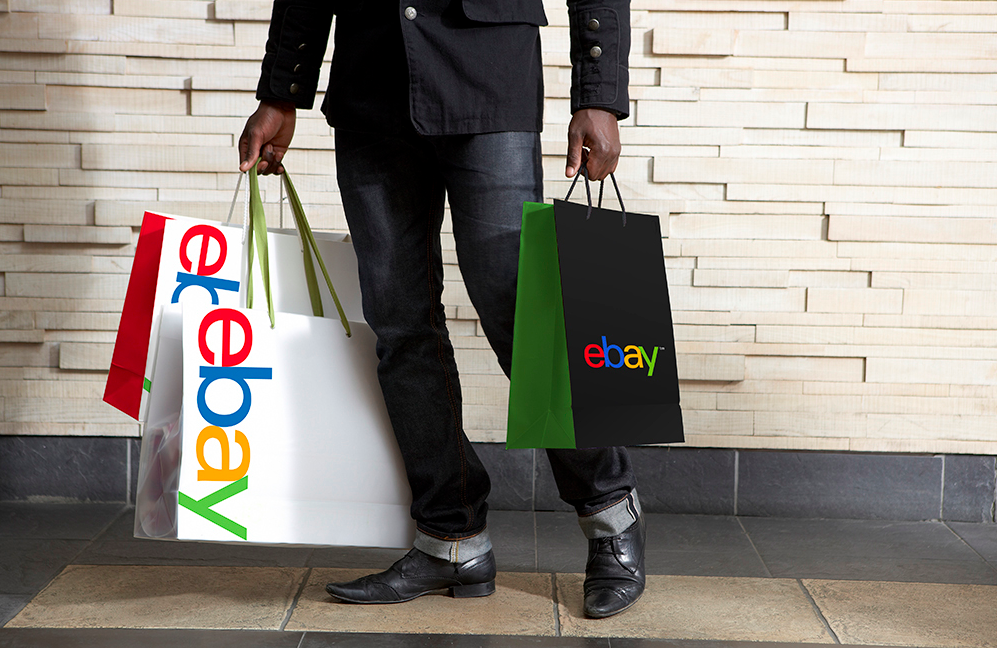Instacart has tapped Postmates to offer better delivery services during peak hours in a San Francisco pilot.
While Instacart will still handle all the shopping for its customers, it will hand off some deliveries to Postmates at times when there is high demand on the Instacart platform.
Postmates, obviously, has offered delivery-as-a-service for merchants and brands since its inception, and some of those brands, such as Walmart, offer their own delivery services. But this marks the first time that Postmates has offered delivery-as-a-service to a business that itself is already a delivery service.
This comes at a time when the grocery space is at an inflection point. Amazon’s nearly $14 billion acquisition of Whole Foods has spurred a race to offer quick and convenient grocery delivery from a number of the bigger players, such as Target and Walmart. On top of that, the grocery industry is highly fragmented, offering a huge opportunity for the catch-all of Instacart’s service.
But quantity means almost nothing without quality, and Instacart’s pilot with Postmates is meant to ensure that delivery times don’t lag in the late morning and early afternoon, when most Instacart orders are set to be delivered.
Instacart’s Northwest General Manager Michelle McRae explained that there is a load balance involved in the partnership with Postmates.
“Like many on-demand services, Instacart sees demand peaks on certain days and at certain times,” said McRae. “The pilot is a way to offer delivery during peak hours and utilize Postmates delivery staff at times where Postmates would be most underutilized. Instacart users overwhelmingly prefer mid-morning and mid-afternoon, where is different from when people want hot, prepared food.”
McRae also stressed that the pilot would not affect current Instacart shoppers or delivery contractors, as Postmates is simply offering delivery capacity during peak demand times.
Perhaps more interesting, Postmates sees a big opportunity to work with on-demand services in offering extra delivery either at or below the cost of hiring more delivery people.
“We definitely see this as a bigger part of Postmates’ future,” said Postmates SVP Dan Mosher. “Most brands are moving toward a world where they want to provide quick convenient delivery but they don’t have the capabilities. As we scale, we have the delivery density to drive economics in a really cost-effective way, not only to restaurants and retailers but to other on-demand services as well.”
He added that enterprise delivery services will never eclipse Postmates’ direct-to-consumer business.
The pilot is currently only going down in San Francsico, but Instacart said that it is considering expanding it to other geographies and other delivery services as the pilot continues. The deal is not exclusive, as Postmates is currently working with Walmart to help deliver their groceries to customers.



